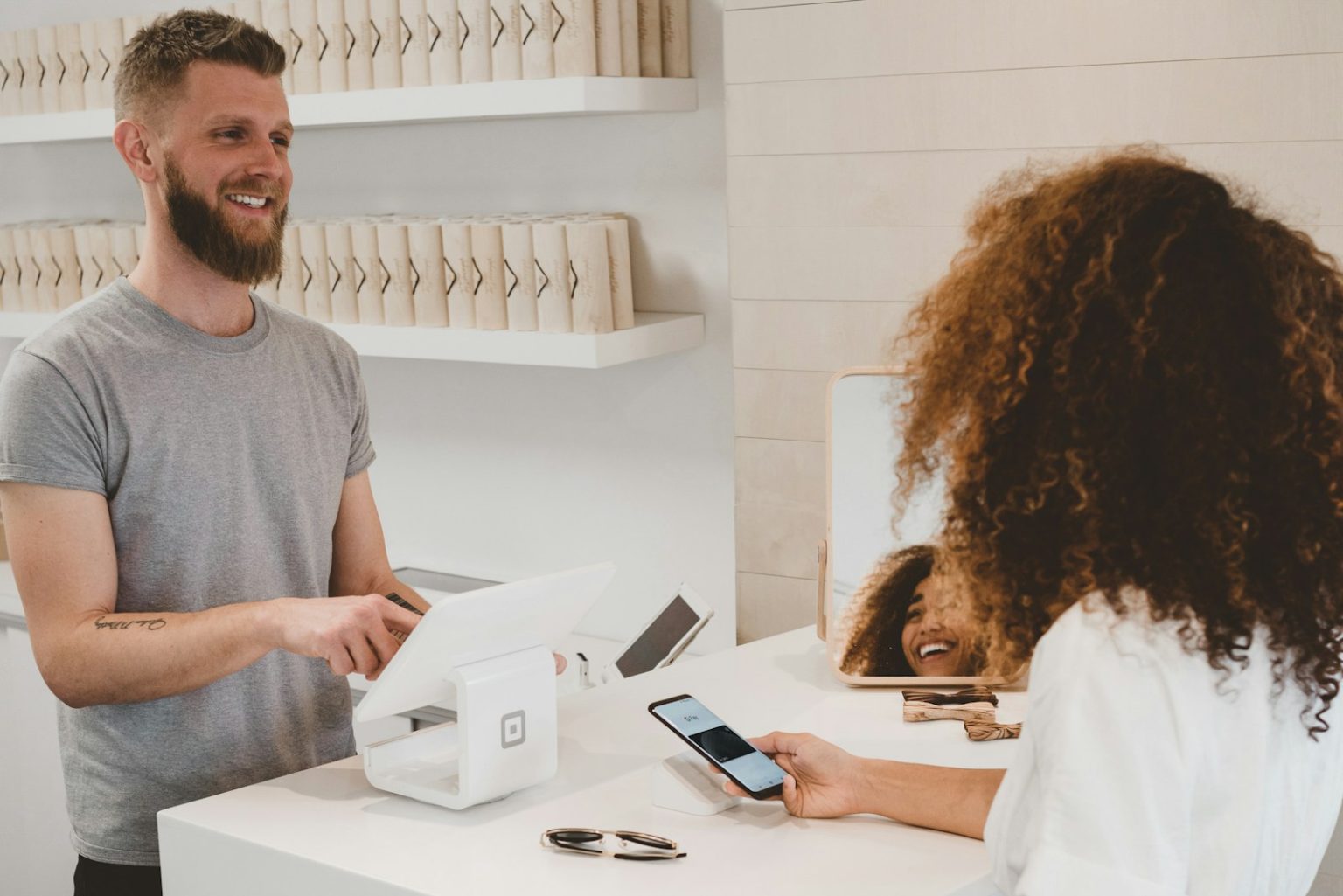Recently, I had an experience that perfectly illustrates what true customer service should look like. While shopping for reading glasses at Warby Parker, I mistakenly ordered a pair that was too strong for my needs. When I received them and found everything looked blurry, I returned to the store expecting to pay for my error.
What happened next surprised me—and it shouldn’t have.
The Warby Parker associate didn’t hesitate. “We guarantee these,” they said when I offered to pay for a replacement pair. Despite my protests that the mistake was entirely my fault, they insisted: “It doesn’t matter. This is what we do at Warby Parker.”
The entire resolution was seamless and easy. They sent me a new set of glasses at no additional charge. No hassle, no blame, no extra cost.
The Power of Standing Behind Your Product
This experience made me wonder: Why can’t all companies be this responsive to their customers? The answer is simple—they can be, but many choose not to.
What Warby Parker understands is that the relationship with customers extends far beyond the initial sale. They recognize that when customers feel taken care of, especially when something goes wrong, they become loyal advocates for the brand.
The glasses retailer didn’t create a complicated policy with exceptions and fine print. They didn’t require me to jump through hoops or prove that the product was defective. They simply honored their commitment to customer satisfaction, even when the customer (me) made the error.
This Strategy Works Across Industries
You might be thinking, “That’s fine for retail, but my business is different.” I disagree. This approach to customer service can—and should—be applied across every industry:
- In professional services, it might mean redoing work that doesn’t meet client expectations
- In hospitality, it could be comping a meal when a guest is dissatisfied
- In software, it might mean extending support beyond what’s contractually required
- In manufacturing, it could be replacing a product no questions asked
The specifics will vary, but the principle remains the same: when something goes wrong, make it right without making your customer feel at fault.
The Business Case for Exceptional Service
Some business leaders worry about customers taking advantage of generous policies. My experience has shown this fear is largely unfounded. The percentage of customers who might abuse such policies is tiny compared to the goodwill and loyalty you build with the vast majority.
Consider the lifetime value of a customer. For Warby Parker, my positive experience means:
- I’ll likely return for future eyewear purchases
- I’m telling this story to others (including you right now)
- I view their brand more favorably than competitors
The cost of replacing my glasses was minimal compared to the value of keeping me as a customer and turning me into an advocate.
Implementing This Approach in Your Business
To adopt this customer-first mindset in your organization:
- Empower your frontline employees to resolve issues without escalation
- Create clear, simple guarantees that customers can understand
- Train your team to focus on solutions rather than blame
- View service recovery as an opportunity, not a cost center
The most important step is changing how you think about customer mistakes. When a customer makes an error, you have a perfect opportunity to demonstrate your commitment to their satisfaction.
The companies that win in today’s marketplace aren’t those with the lowest prices or flashiest marketing—they’re the ones that consistently exceed customer expectations, especially when problems arise.
So take a page from Warby Parker’s playbook. When a customer comes to you with a problem—even one of their own making—respond with, “It doesn’t matter. This is what we do.” Your customers will notice, remember, and return.







